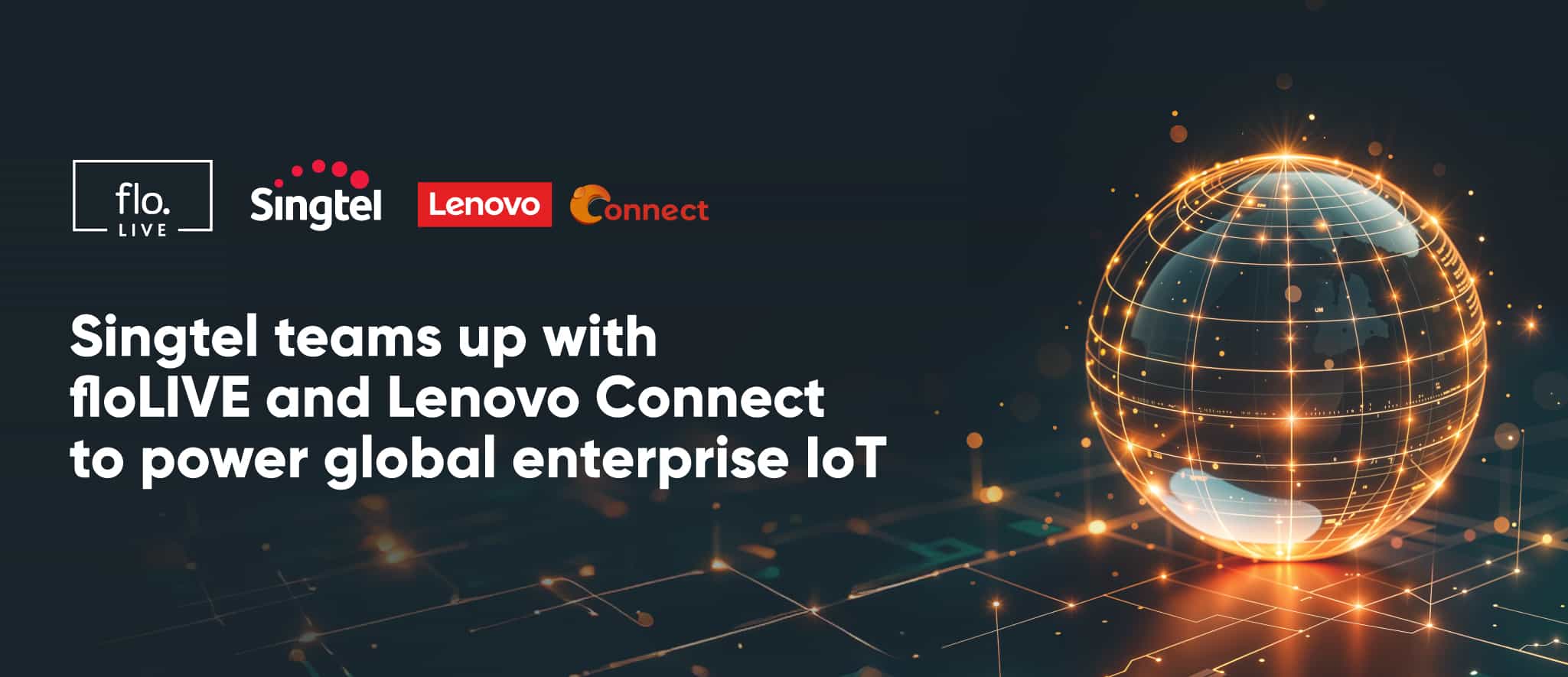Page Contents
IoT Solutions That Promote Clean & Sustainable Energy

Page Contents
Leveraging IoT for social impact produces real and tangible results. In this blog post, we’re tackling clean and sustainable energy and how to realise it using IoT solutions. Before we can present solutions, we need to take a step back and develop a clear understanding of the problems that have led us to an energy crisis.
What is the energy crisis?
The world has an energy problem. Fossil fuels are running out and while there are newer renewable energy sources, we’re far from what it will take to move from fossil fuel dependence to renewable and clean energy.
How did we get here? There are several contributors. These include:
Overconsumption
World economies rely on fossil fuels. From manufacturing to agriculture and day-to-day living, we consume considerable amounts of energy. Estimates on the remaining fossil fuels point to petroleum running out in 40 to 50 years, natural gas in 70 years, and coal in two centuries. Overconsumption, however, is impacted by another equally uncontrollable factor…
Overpopulation
The global population has increased rapidly over the last 100 years and it is predicted to reach 10 billion by 2050. As more people are born, more resources are required. According to the World Energy Council, the world will need to produce almost 536 billion MWh of electricity by 2050.
Energy waste
As much as overconsumption and overpopulation contribute to the energy, so does energy wastage. Energy waste includes the inefficient ways we transport goods, light up our buildings and make our homes comfortable. Achieving reduction will create larger reserves.
Aging infrastructure
Like energy waste, aging infrastructure adds to diminishing reserves. Old infrastructure includes equipment that’s inefficient and incapable of producing more energy and managing more efficiently.
What is clean and sustainable energy and how does IoT help?
Clean energy is generated from renewable sources. It also offers zero emission, eliminating pollution that fossil fuels introduce into our atmosphere, and can be saved efficiently for later use. IoT cannot replace fossil fuels but it can help reduce energy consumption, introduce cost savings, and deliver more efficient energy management. Here are three ways this is possible.
Remote Asset Monitoring and Management
One of the most exciting aspects of IoT is the speed at which solutions can be implemented. Take remote asset monitoring and management. This level of control is easily achieved by retrofitting equipment with IoT devices like sensors. Sensors are capable of measuring a variety of factors. Companies can track the energy as it is created, transmitted, and while it is distributed. Equipment can also be monitored to immediately identify sudden changes in behavior. Should equipment begin to vibrate or exceed a certain temperature, staff can be notified via alerts to address the issue and perform remote monitoring and remediation.
Sensors can also be used for preventative maintenance. Should equipment malfunction, organisations can service and replace parts that could cause more damage, loss, and potential safety hazards if left unaddressed.
Distributed grid management
Much about the way the world generates energy is changing. As renewable energy sources like solar and wind become more common, dependence on fossil fuels is lessened. This new found access to cleaner energy presents more than just the option of less environmental impact, it makes it possible to be more energy efficient.
As more clean energy is generated, the next step is to find ways to save and redistribute it. IoT plays an important role in making both happen. Energy companies can leverage IoT alongside smart grid technology to efficiently manage the distribution of energy to where it’s needed most. So, on cooler days where solar is less effective, stored energy can be sent to buildings and households, or wind turbines can become a source. IoT has given energy companies the ability to track and monitor changes in energy demands. With remote connectivity, equipment like generators, turbines, and batteries can be monitored.
IoT applications can also be used to provide smarter energy management. With real-time data on energy availability, consumption, and distribution, AI solutions can quickly meet supply and demand, or be used to make recommendations to energy companies on where to channel energy.
Efficient residential energy management
The next wave of energy efficiency begins with the individual and in homes. According to the US Energy Information Administration, the average household consumes 893 kWh per month with the highest levels of consumption reaching as high as 14,407 kWh per month. It goes without saying that there is room to cut energy consumption in households and help offset our reliance on fossil fuels.
How? By leveraging IoT technology that tracks energy consumption.
Smart meter technology can be used to measure consumption in real-time, helping decrease energy usage for large appliances like geysers and air conditioning units. Smart thermostats fitted with sensors can take room temperature to easily maintain ideal heating and cooling, without having to be on all day. Light management solutions can be installed to control light usage by switching lights off when rooms are vacant or where there is no movement. These and other solutions can be implemented to help households move to a more efficient energy profile.
Cleaner and sustainable energy is within reach but it will take innovation to realise. IoT is a perfect enabler to help the world move to a less fossil fuel-reliant future.
Have you entered to win the 2021 IoT Social Impact Award yet?
Entries for the First Annual IoT Social Impact Award are officially open. Submit your application and you could walk away with the title and amazing prizes! Visit the Award website for details.

Join Our Newsletter
Get the latest tips and insights in our monthly newsletter.








